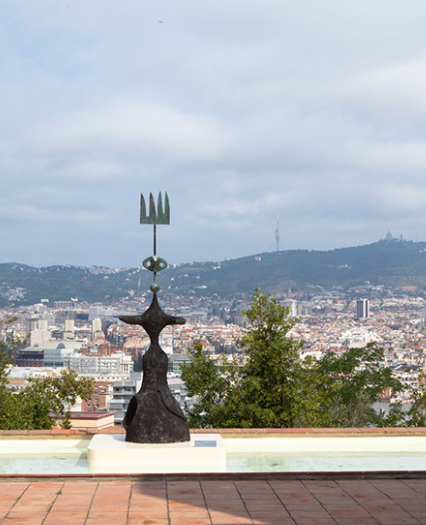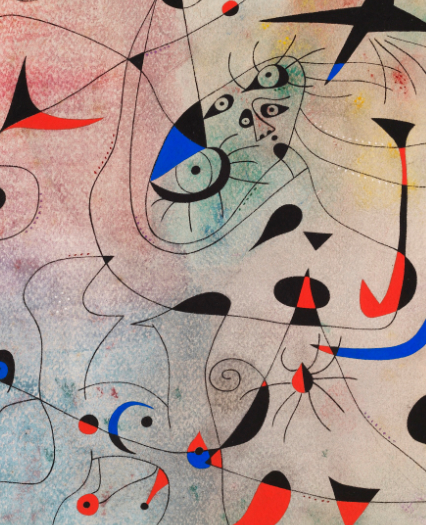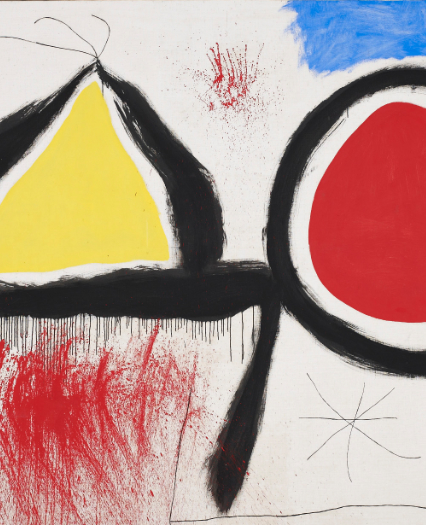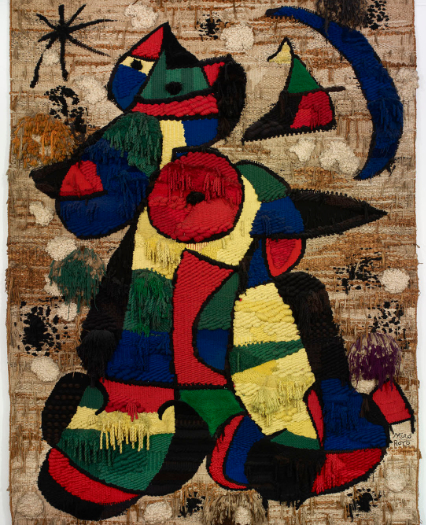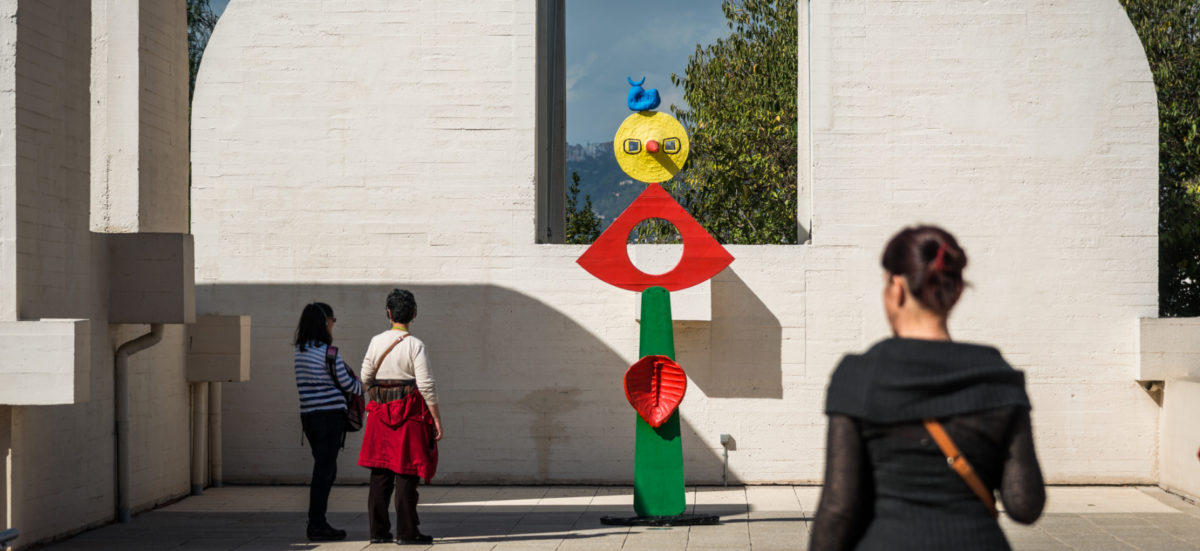Fundació Joan Miró
OPENING TIMES
OPENING TIMES
VISIT
JOAN MIRÓ FOUNDATION INFORMATION
The Fundació Joan Miró (Joan Miró Foundation) was set up to promote awareness of the work and personality of Joan Miró and to stage exhibitions of artists from the 20th and 21st centuries: an open door for exchanging ideas and disciplines that constantly looks towards the future while at the same time possessing both international prestige and deep roots in Catalonia.
The Fundació is housed in an exceptional building designed by the architect Josep Lluís Sert and can be found in the Parc de Montjuïc, which enjoys magnificent views over Barcelona, housing the world’s largest public collection of Joan Miró paintings.
The Fundació Joan Miró is a remarkable space created by Joan Miró himself with the idea of making art accessible to all people.
The collection of paintings, drawings, sculptures and works on paper displayed in the Fundació is one of the most comprehensive selections of Miró’s oeuvre, offering a thorough overview of all the stages of his life and career.
A variety of spaces allow visitors to venture into an interdisciplinary exploration of the highly personal language and production of one of the most influential artists of the 20th century. A series of overarching themes illustrate key concepts in Miró’s work and the thinking of his times
HIGHLIGHTS
